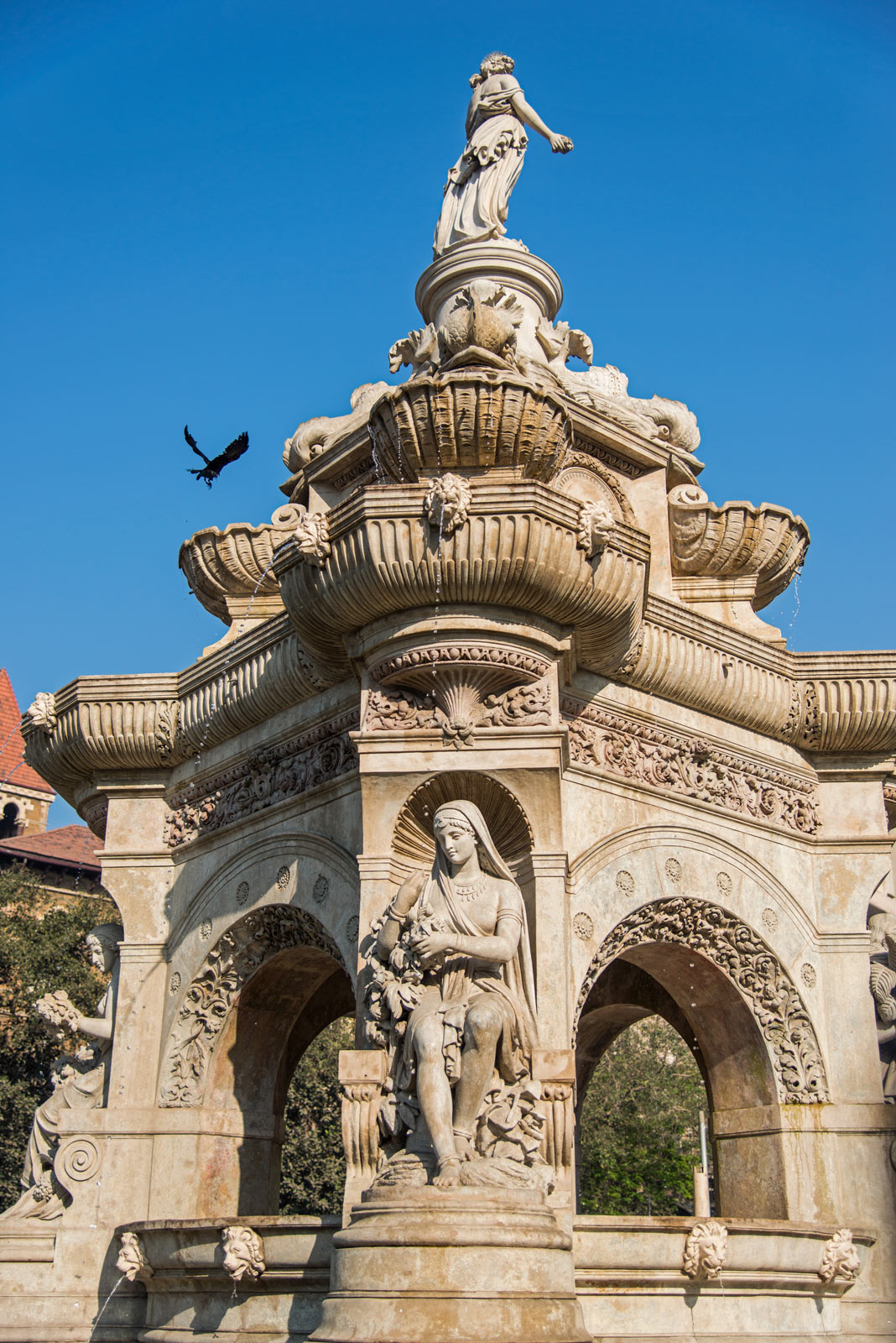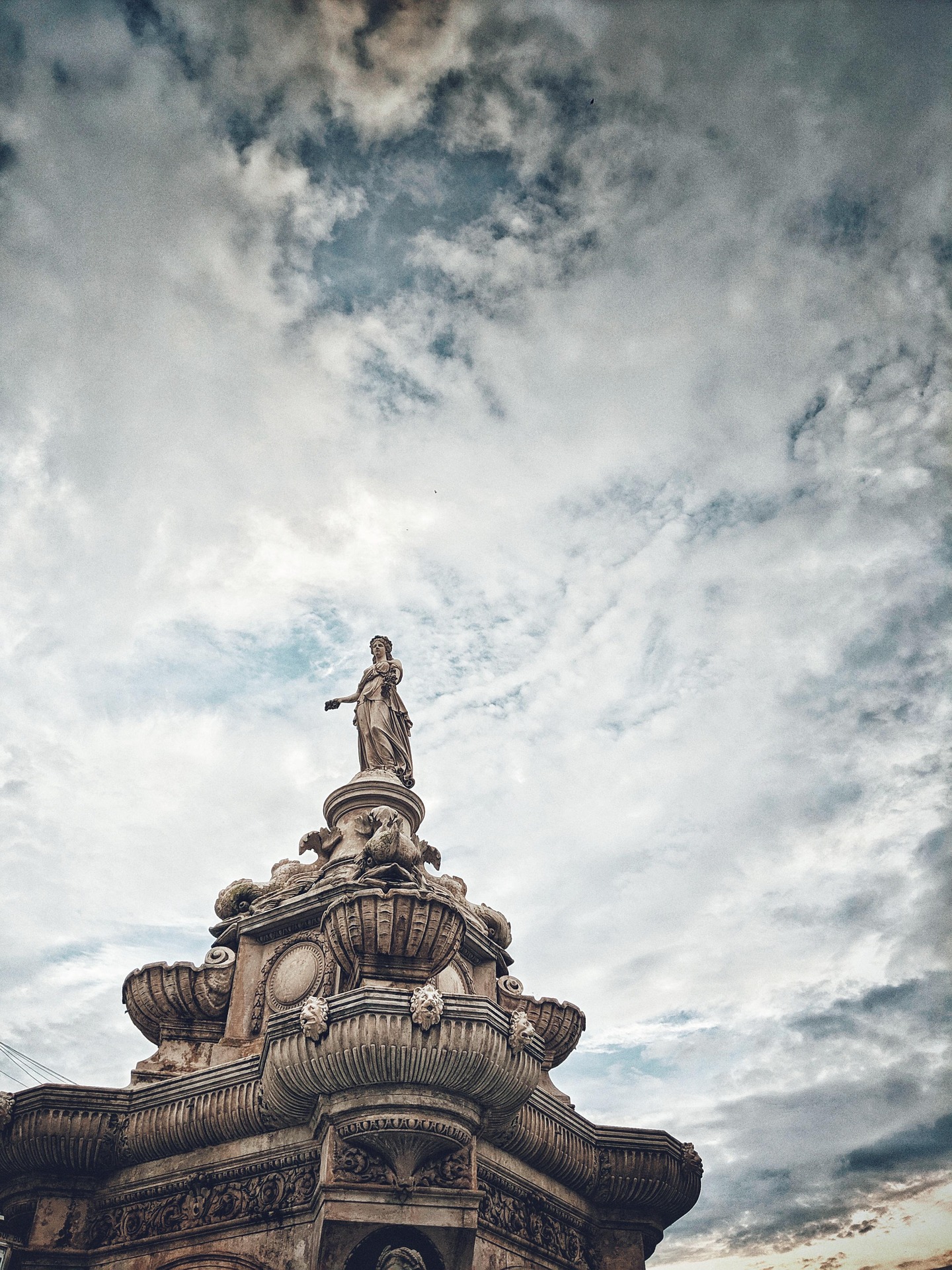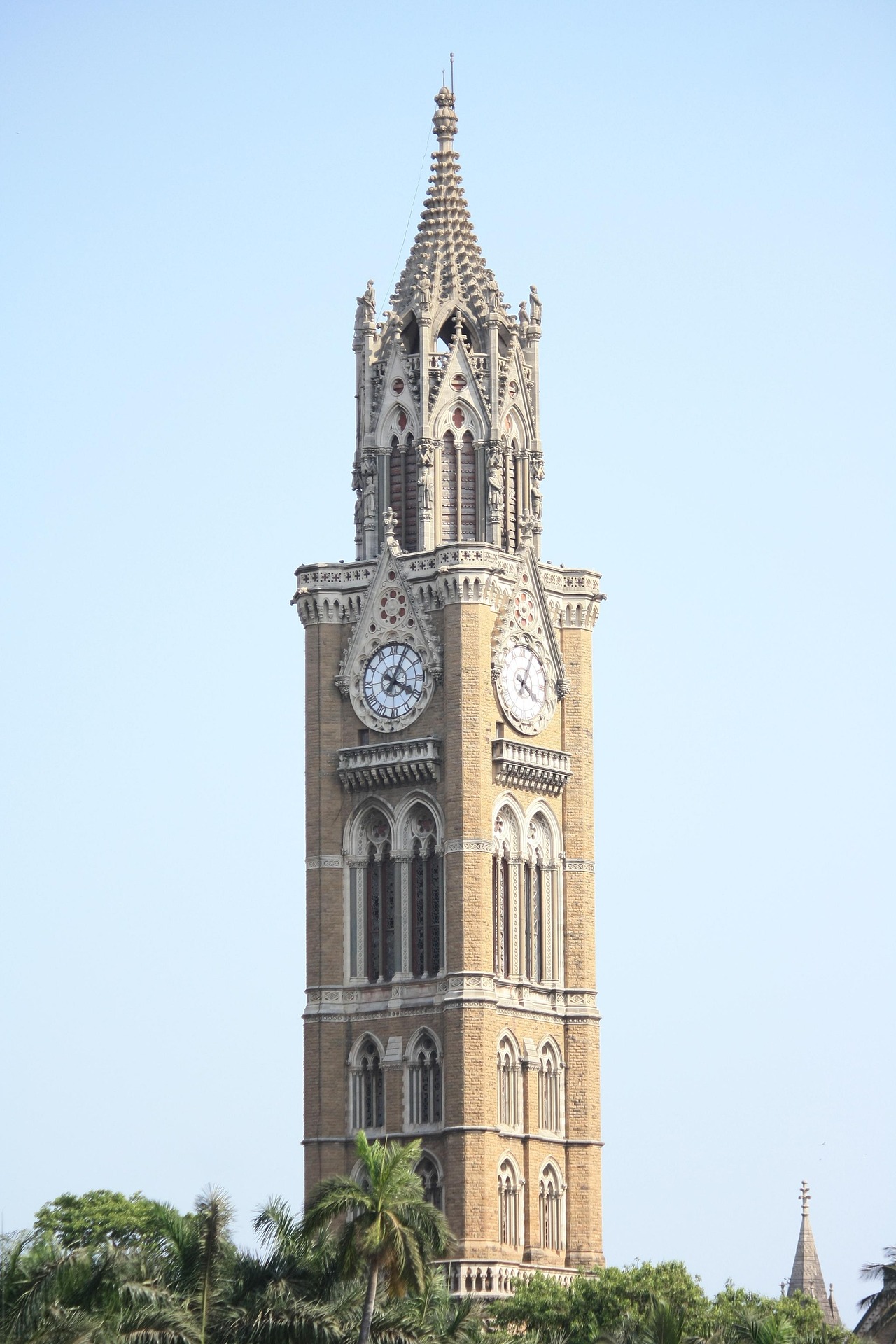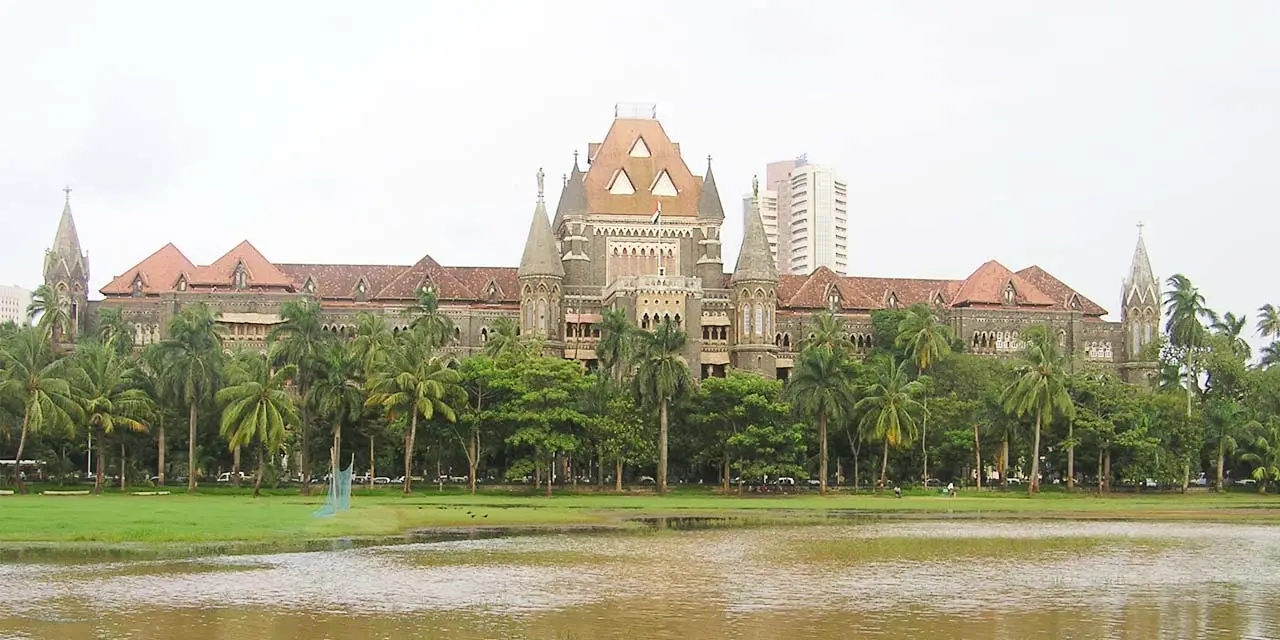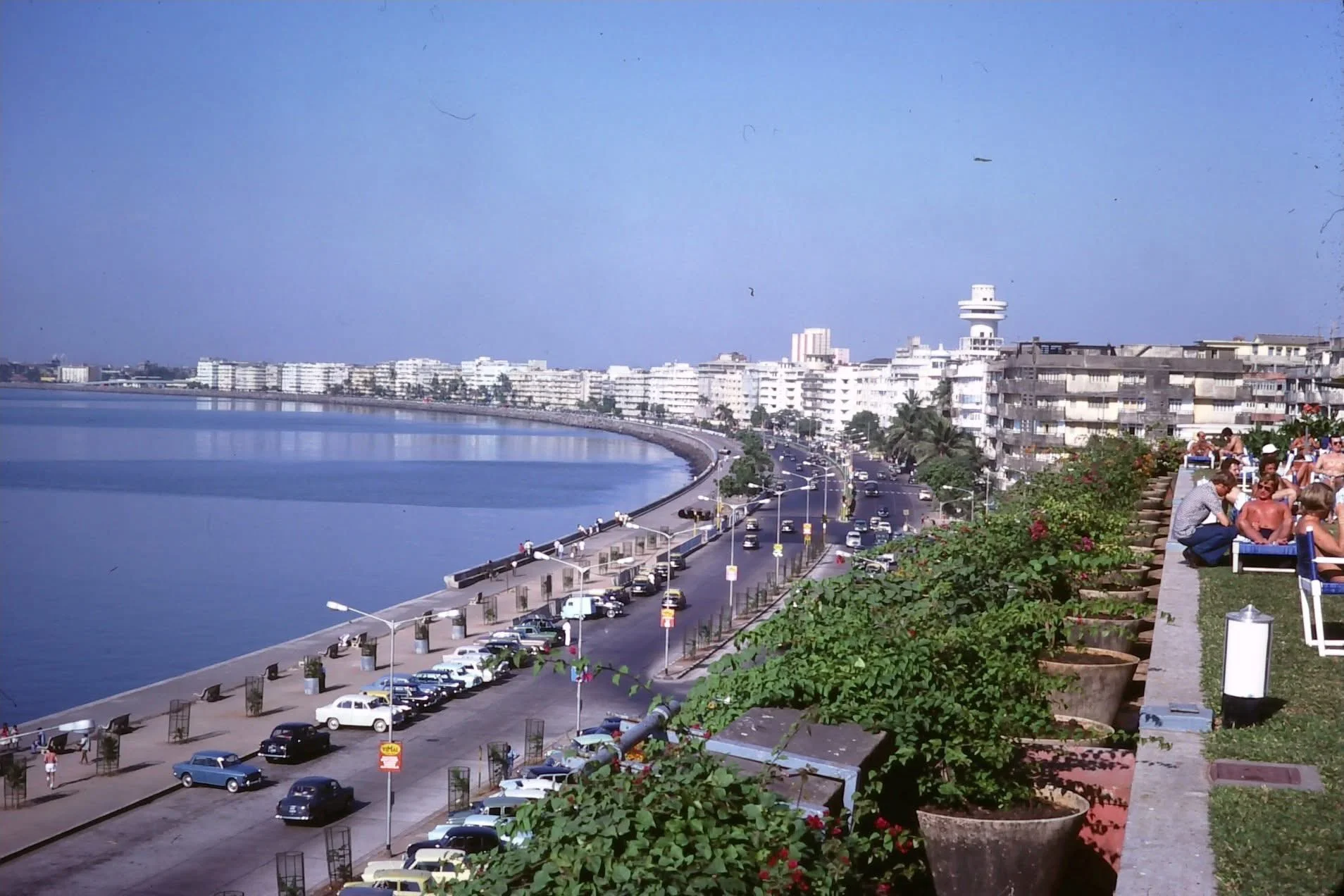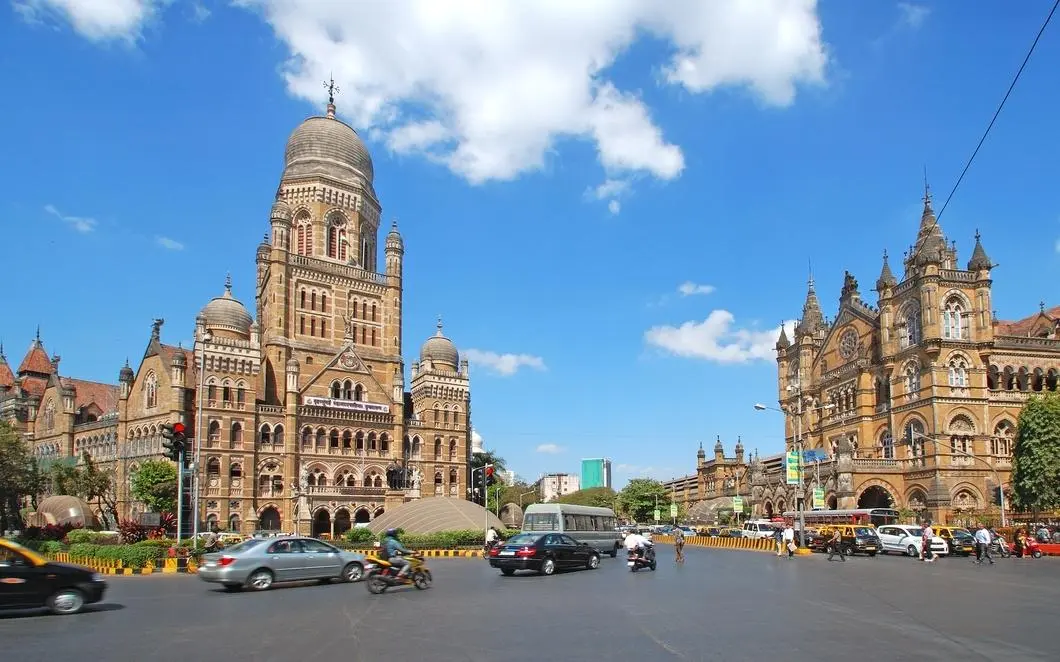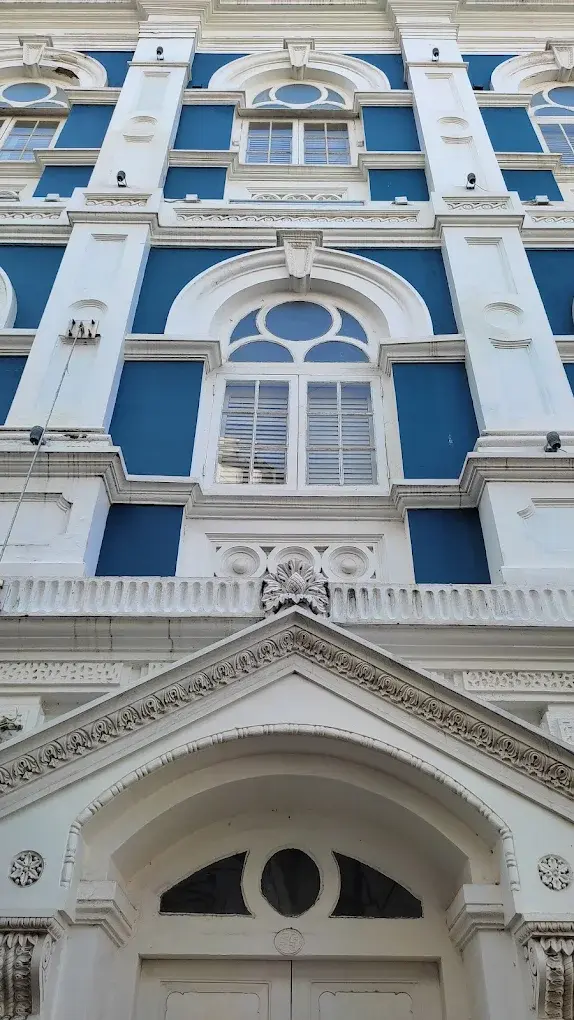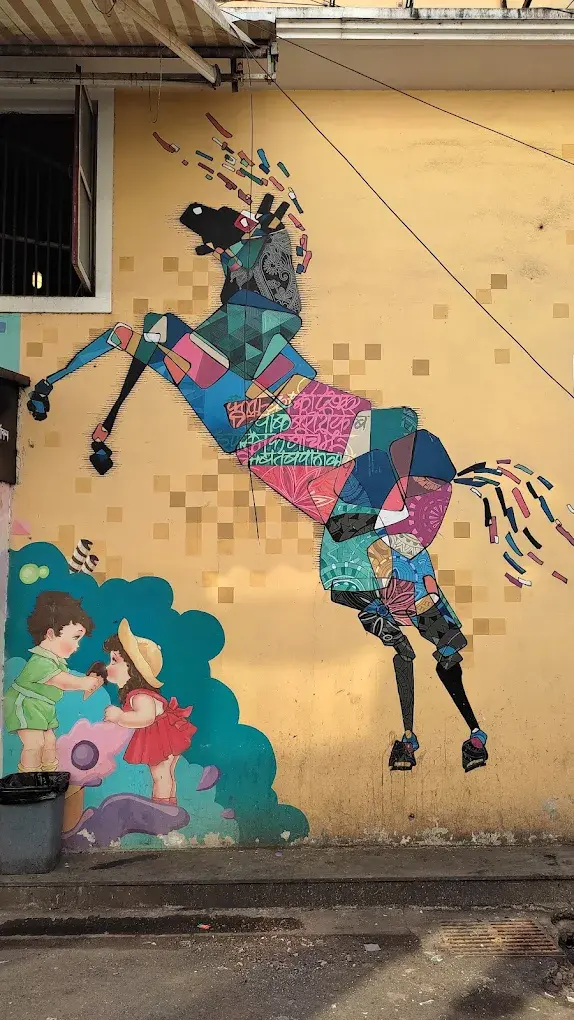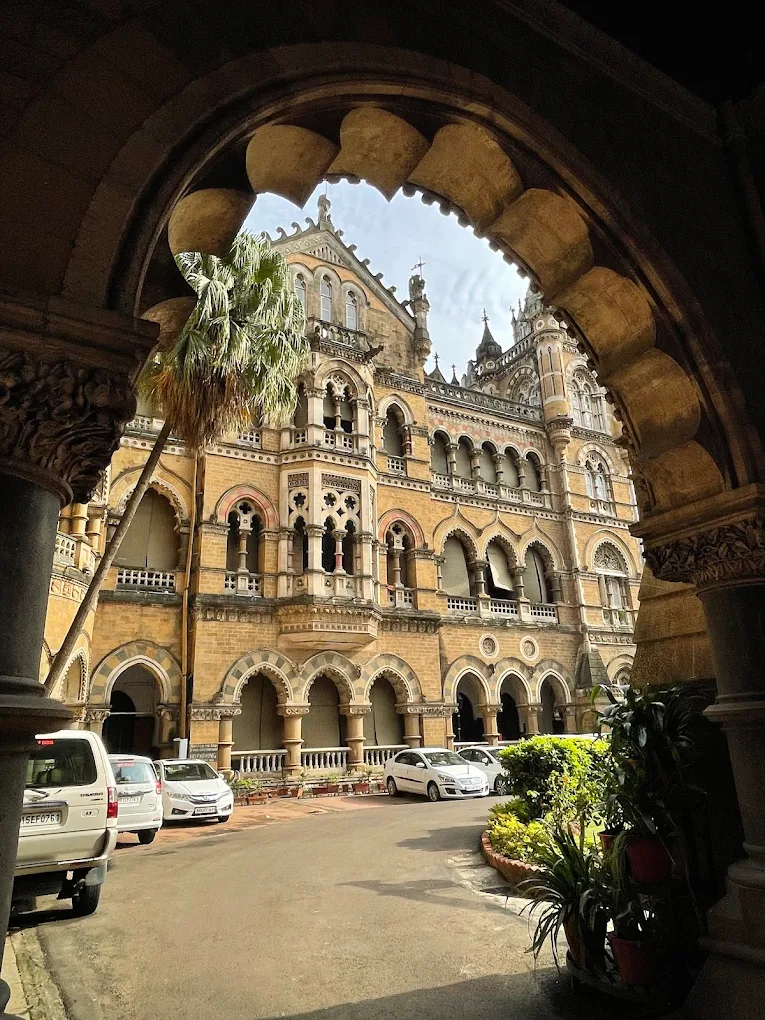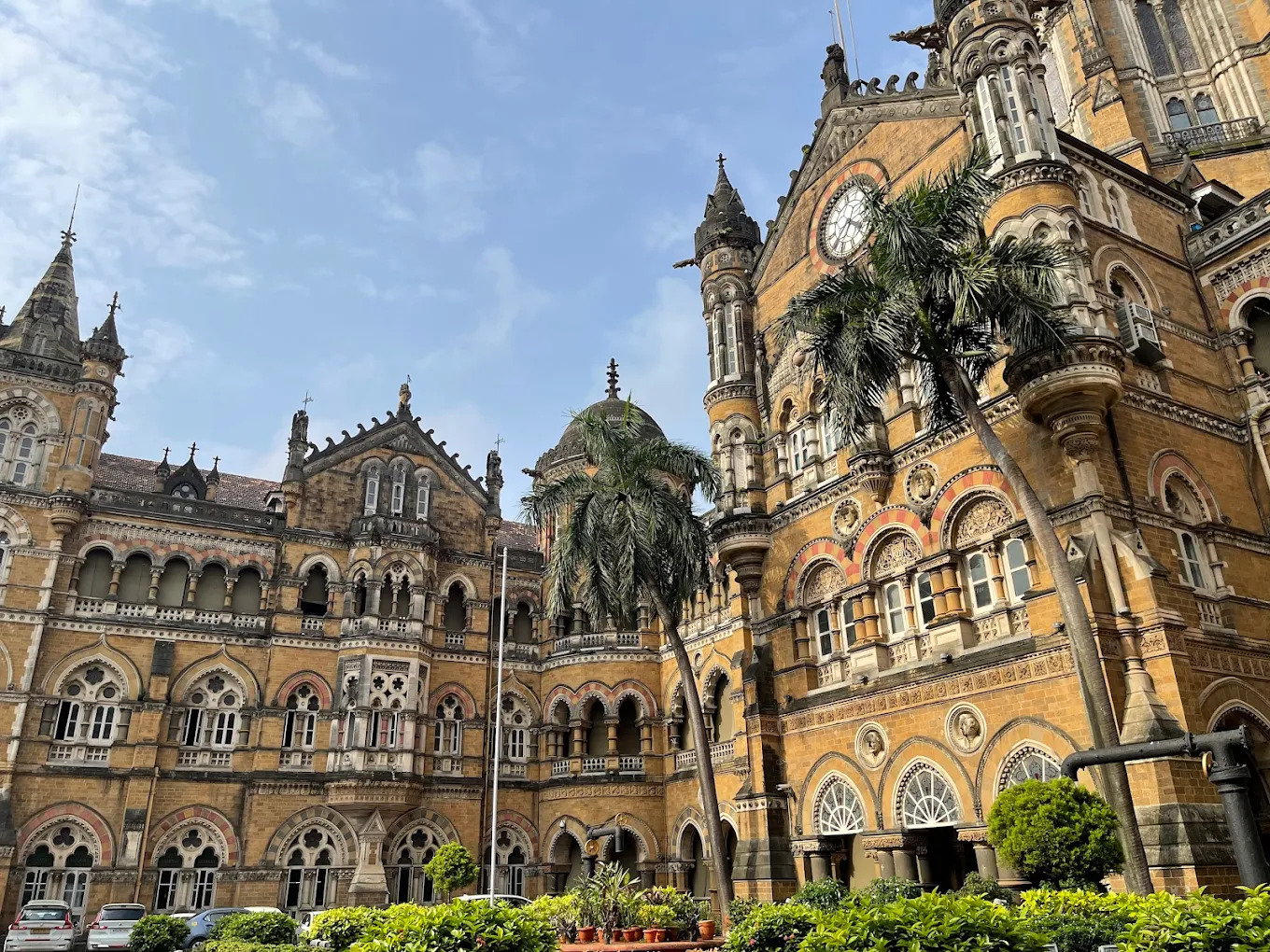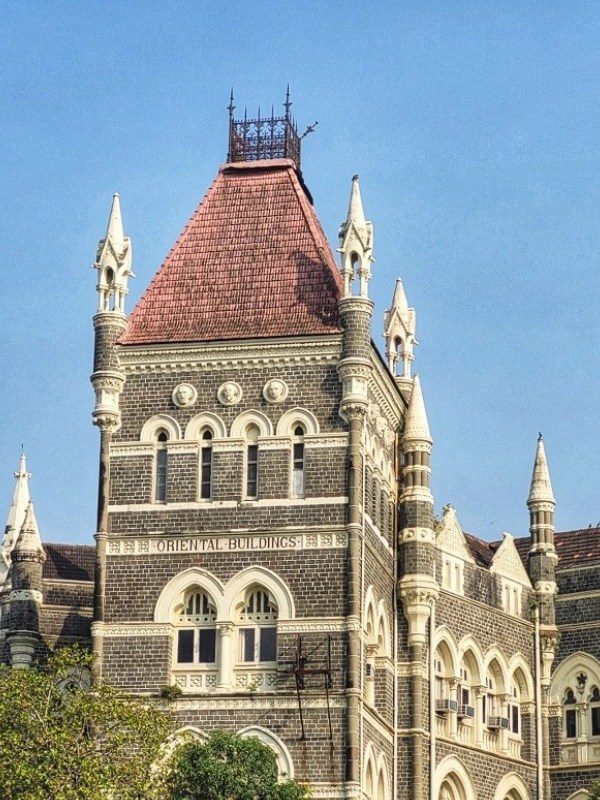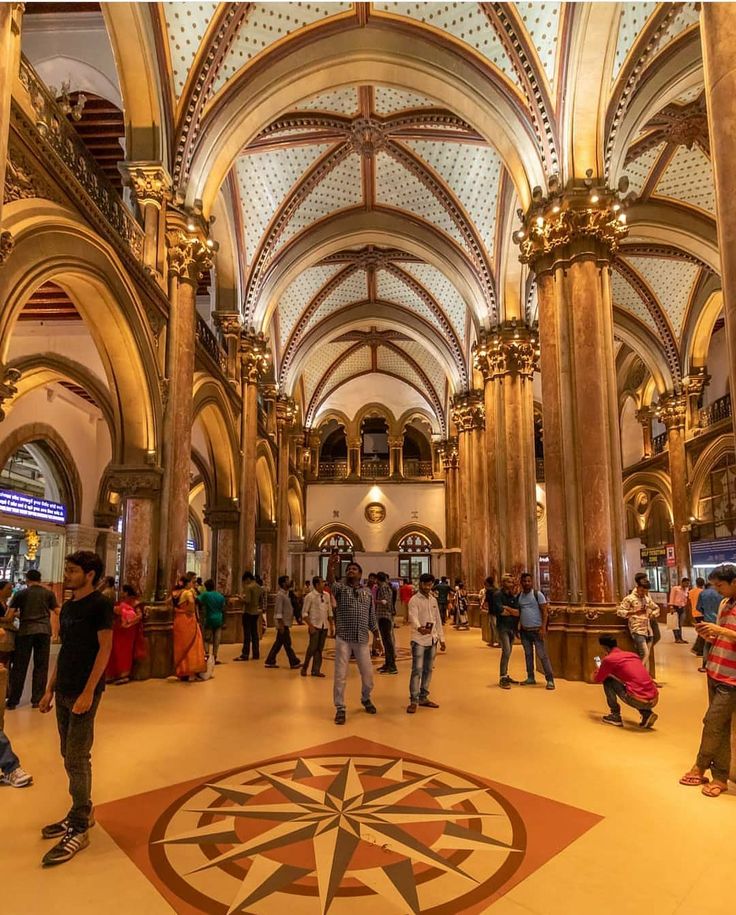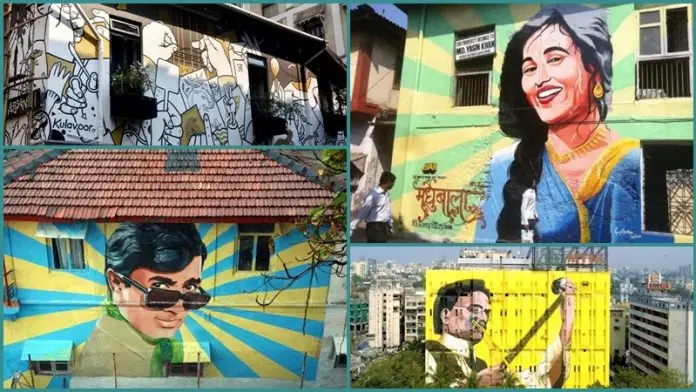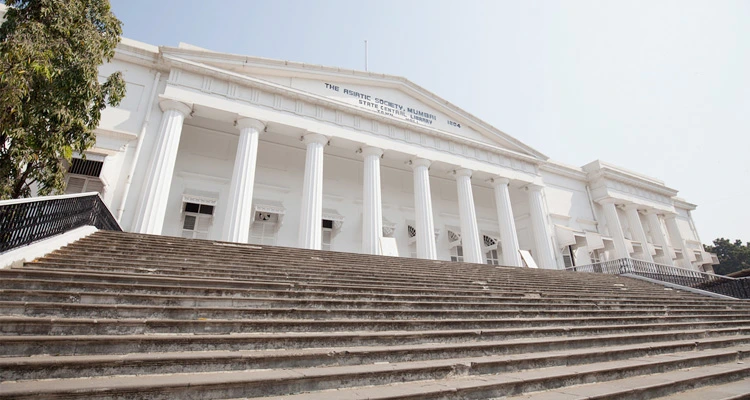South Mumbai Heritage Walking Tour – Explore CSMT, Kala Ghoda & Marine Drive | Free Walking Tour
- 2.5 Hours
- Maximum Capacity: 10
Adult
Child
Description
✨ South Mumbai Heritage Walking Tour ✨
Step into the heart of Mumbai’s history with this unforgettable South Mumbai Heritage Walking Tour. Explore UNESCO World Heritage sites like Chhatrapati Shivaji Maharaj Terminus (CSMT), the stunning Bombay High Court, and the elegant University of Mumbai. Stroll down DN Road past grand Victorian buildings, admire the artistic vibes of Kala Ghoda, and soak in the charm of Flora Fountain and the David Sassoon Library. From the iconic Gateway-era Watson’s Hotel to the Art Deco jewels along Marine Drive, our South Mumbai Heritage Walking Tour blends colonial elegance, cultural heritage, and coastal beauty into one immersive experience. Perfect for history lovers, architecture enthusiasts, and curious explorers who want to see the very soul of Mumbai.
Whether you’re a first-time visitor or a curious local, this South Mumbai Heritage Walking Tour offers rich storytelling, hidden gems, and a unique local experience. No upfront cost—just tip what you feel the tour is worth!
Duration
2.5 Hours
Group Size
10
Language
English
✨ Highlights of the South Mumbai Heritage Walking Tour
-
🚉 CSMT Station – Begin at Mumbai’s UNESCO-listed Chhatrapati Shivaji Maharaj Terminus, a masterpiece of Victorian Gothic Revival architecture.
-
🏛 BMC Headquarters – Discover the imposing civic landmark that has shaped Mumbai’s governance since 1893.
-
🎭 Capitol Cinema – Step back into the golden age of cinema at one of Mumbai’s oldest theaters.
-
📮 General Post Office (GPO) – Admire Indo-Saracenic design at this still-bustling postal hub.
-
🏦 D.N. Road & Bombay Mutual Life Building – Walk through Mumbai’s financial and architectural heart, lined with colonial-era buildings.
-
📚 J.N. Petit Library & David Sassoon Library – Explore quiet oases of knowledge with rich heritage and timeless charm.
-
🌸 Flora Fountain & Kala Ghoda – Immerse in stories of Mumbai’s art district and its iconic sculpture.
-
🎓 Elphinstone College & Bombay University – Learn how these institutions shaped modern education in India.
-
⚖ Mumbai High Court – Glimpse one of India’s oldest and most historic courts of law.
-
🏰 Army & Navy Building & Watson’s Hotel – Discover old-world elegance and fascinating colonial anecdotes.
-
✡ Keneseth Eliyahoo Synagogue – Witness the vibrant heritage of Mumbai’s Jewish community.
-
🚂 Western Railway HQ & Eros Cinema – See Art Deco charm blending with Mumbai’s rail legacy.
-
🌊 Backbay Reclamation & Art Deco Ensemble – Stroll past the world’s second-largest collection of Art Deco buildings.
-
💎 Marine Drive – The Queen’s Necklace – End at Mumbai’s most iconic promenade, where the Arabian Sea meets city lights.
Included
- Specialized Guide
- Lots of Interesting Stories
- Interact with Locals
- Get a little Exercise
- Eco-Friendly
- Meet new Interesting People
- Click Beautiful Photos
- Memories for a Lifetime
- A Soulful Experience
- Discover the Hidden Gems
Excluded
- Transport to the Meeting Point
- Meals or Snacks (Unless Pre-Arranged)
- Inside Entry to Homes or Shrines
- Professional Photography or Videography
- Heavy Historical Lectures
- Walking Gear or Water Bottles
- Restroom Facilities
- Shopping Stops or Tourist Traps
Travel Itinerary
Starting Point - 🚂CSMT Station: Mumbai’s Iconic Railway Terminus
A UNESCO World Heritage Site, CSMT is a stunning example of Victorian Gothic Revival architecture. Built in 1887, this historic railway terminus combines Indian craftsmanship with European design, making it one of Mumbai’s most photographed landmarks and a living reminder of the city’s colonial past.
Stop 2 - 🏛️ BMC Headquarters – The Heart of Mumbai’s Civic Power
-
Standing tall opposite CSMT, the BMC building is a masterpiece of Gothic architecture built in 1893. With its grand domes, spires, and stone carvings, it reflects Mumbai’s colonial heritage while housing the city’s civic administration. This landmark is not just an architectural gem but also the nerve center of Mumbai’s governance.
Stop 3 - 🎭 Capitol Cinema – Mumbai’s Stage of Stories
Built in 1879, Capitol Cinema is one of Mumbai’s oldest theatres, standing proudly near CSMT. Once the hub of Parsi theatre and silent films, it later transformed into a cinema hall that echoed with Bollywood’s golden era. Though now closed, its colonial façade and nostalgic charm remind us of Mumbai’s deep love affair with performance and cinema.
Stop 4 - 📮 Mumbai GPO – The Heartbeat of the City’s Post
Completed in 1913, the Mumbai General Post Office is a striking Indo-Saracenic masterpiece designed by architect John Begg. With its grand central dome, intricate stonework, and bustling counters, the GPO has been the lifeline of communication for over a century. More than just a post office, it stands as a reminder of Mumbai’s role as a gateway to the world, where letters once carried dreams across oceans.
Stop 5 - 🛍️ D.N. Road – Mumbai’s Colonial Shopping Boulevard
Stretching from CSMT to Crawford Market, D.N. Road is one of South Mumbai’s most iconic heritage streets. Flanked by magnificent Gothic and Neo-Classical buildings, it’s home to bookstores, banks, and century-old shops that once catered to colonial elites. Walking here is like stepping into a living museum, where every façade tells a story of Mumbai’s past grandeur and commercial legacy.
Stop 6 - 📚 J.N. Petit Library – A Treasure Trove of Knowledge in Fort
Established in 1856, the J.N. Petit Library is one of Mumbai’s oldest reading institutions. Its grand Neo-Gothic façade and stained-glass windows make it a heritage gem, while inside, thousands of rare books and periodicals tell the story of the city’s literary past. For generations, this library has been a quiet sanctuary for scholars, writers, and curious minds, preserving Mumbai’s intellectual and cultural heritage.
Stop 7 - 📜 Bombay Mutual Life Building – Mumbai’s First Indigenous Insurance Company
Built in 1906, the Bombay Mutual Life Building marks an important milestone in India’s financial history as the headquarters of the first Indian-owned insurance company. Its Indo-Saracenic architecture, with arched windows and detailed stonework, reflects the confidence of a rising Indian middle class during the colonial era. More than just a heritage structure, it symbolizes the moment when Indians began taking control of their own economic destiny in the heart of Fort Mumbai.
Stop 8 - 🌸 Flora Fountain – Mumbai’s Timeless Landmark
At the heart of Fort stands Flora Fountain, built in 1864 and named after the Roman goddess of flowers. Surrounded by grand Victorian architecture, it has witnessed Mumbai’s transformation from a colonial port to a bustling modern city. A perfect blend of history, beauty, and storytelling, this stop captures the essence of South Mumbai’s heritage.
Stop 9 - 🐎 Kala Ghoda – Mumbai’s Cultural Quarter
Named after the iconic black horse statue that once stood here, Kala Ghoda is Mumbai’s art and cultural hub. The precinct is lined with heritage buildings, art galleries, and creative spaces, and it hosts the famous Kala Ghoda Arts Festival every year. This stop is where history meets contemporary culture, making it one of South Mumbai’s most vibrant neighborhoods.
Stop 10 - 🎓 Elphinstone College – A Cradle of Knowledge
Established in 1856, Elphinstone College is one of Mumbai’s oldest educational institutions, housed in a majestic Gothic Revival building. It has nurtured some of India’s greatest minds, including Dadabhai Naoroji and Bal Gangadhar Tilak. More than just a college, it stands as a symbol of Mumbai’s intellectual and cultural awakening during the colonial era.
Stop 11 - 📚 David Sassoon Library – Mumbai’s Literary Landmark
Built in 1870, the David Sassoon Library is one of the city’s oldest and most charming reading rooms. Its Gothic-style architecture, complete with pointed arches and stained-glass windows, reflects the grandeur of 19th-century Bombay. Funded by philanthropist David Sassoon, the library became a hub for scholars, writers, and thinkers, offering a quiet refuge amid the city’s bustle. Even today, it stands as a cultural treasure for Mumbai’s book lovers and history enthusiasts.
Stop 12 - 🪖 Army & Navy Building – Colonial Elegance in Mumbai
Completed in 1891, the Army & Navy Building was once the city’s premier department store, catering to British officers and elite Bombay society. Imported goods from London — from fine clothing to homeware — made it a symbol of luxury and colonial lifestyle. Today, the grand façade with its Corinthian columns still recalls the era when Fort was the commercial heart of the city. The building remains a striking reminder of Mumbai’s colonial shopping culture and architectural heritage.
Stop 13 - 🏨 Watson’s Hotel: Echoes of Colonial Grandeur
Once Mumbai’s most luxurious hotel and Asia’s first cast-iron building, Watson’s Hotel tells stories of British high society, lavish balls, and architectural innovation. Though now a fading relic, it remains a symbol of Mumbai’s colonial past and the changing fortunes of the city.
Stop 14 - 🕍 Keneseth Eliyahoo Synagogue: Mumbai’s Blue Jewel
Built in 1884 by the Sassoon family, the Keneseth Eliyahoo Synagogue stands out with its striking turquoise façade and elegant interiors. A spiritual and cultural hub for Mumbai’s Jewish community, it is a reminder of the city’s diverse heritage and cosmopolitan spirit.
Stop 15 - 🎓 Bombay University: A Gothic Revival Landmark
The University of Mumbai’s Fort Campus, established in 1857, is one of Mumbai’s most iconic heritage sites. Its Rajabai Clock Tower, inspired by Big Ben, and stunning Gothic Revival architecture make it a symbol of Victorian-era grandeur and academic excellence.
Stop 16 - ⚖️ Bombay High Court: Pillar of Justice Since 1862
Built in 1862, the Bombay High Court is a striking example of Gothic Revival architecture and one of India’s oldest High Courts. Its majestic towers, stained-glass windows, and carved stonework reflect colonial grandeur while serving as a symbol of law and justice in Mumbai.
Stop 17 - 🚂 Western Railway Headquarters: Mumbai’s Railway Jewel
Built in 1899, the Western Railway HQ is a stunning Indo-Saracenic masterpiece designed by Frederick William Stevens, the same architect behind CSMT. Its domes, arches, and stained-glass details showcase Mumbai’s railway heritage
Stop 18 - 🎬 Eros Cinema: An Art Deco Landmark of Mumbai
Opened in 1938, Eros Cinema is one of Mumbai’s finest Art Deco gems, marking the entrance to Churchgate. Its red stone façade, sweeping curves, and elegant interiors reflect the golden age of cinema. A true icon of Mumbai’s film and architectural heritage.
Stop 19 - 🏖️ Backbay Reclamation & Mumbai’s Art Deco Legacy
The Backbay Reclamation Scheme transformed the Mumbai shoreline in the early 20th century, giving birth to iconic landmarks along Marine Drive and Oval Maidan. This ambitious project paved the way for Mumbai’s world-famous Art Deco district — today a UNESCO World Heritage Site — with its sleek cinemas, stylish apartments, and curving seafront promenades that rival Miami.
Stop 20 - 🌊 Marine Drive: The Queen’s Necklace of Mumbai
Marine Drive, Mumbai’s most iconic promenade, stretches 3.6 km along the Arabian Sea, curving gracefully from Nariman Point to Chowpatty. By day, it’s a breezy walkway with Art Deco buildings lining the road; by night, the streetlights form the famous “Queen’s Necklace.” A favorite spot for locals and visitors alike, Marine Drive is the heart of Mumbai’s coastal charm.
Maps
Frequently Asked Questions
1. What is covered in the South Mumbai Heritage Walking Tour?
Our South Mumbai Heritage Walking Tour covers iconic landmarks such as CSMT Station, Flora Fountain, Kala Ghoda, David Sassoon Library, Bombay High Court, University of Mumbai, Watson’s Hotel, Eros Cinema, and the Marine Drive Art Deco district. It’s the perfect way to explore Mumbai’s colonial-era architecture, heritage, and culture in one experience.
2. How long is the South Mumbai Heritage Walking Tour?
The walking tour typically lasts 2.5 to 3 hours, depending on the pace of the group and time spent at each stop.
3. Where does the walking tour start and end?
The tour usually begins at Chhatrapati Shivaji Maharaj Terminus (CSMT) and concludes near Marine Drive, offering a seamless journey through Mumbai’s most historic neighborhoods.
4. Do I need to book in advance?
Yes, we recommend booking your South Mumbai Heritage Walking Tour in advance to secure your spot, especially on weekends and holidays.
5. Is the tour suitable for children and families?
Absolutely! This walking tour is family-friendly and suitable for all ages. Kids often enjoy the mix of storytelling, history, and iconic landmarks.
6. What should I wear or bring for the walking tour?
We recommend wearing comfortable walking shoes, light clothing, and carrying a water bottle. Don’t forget sunscreen, sunglasses, and a hat for daytime tours.
7. Is photography allowed on the tour?
Yes! You’ll have plenty of opportunities to capture stunning photos of Mumbai’s heritage buildings, streets, and landmarks.
8. How much walking is involved?
The South Mumbai Heritage Walking Tour involves about 2–3 kilometers of easy walking, with frequent stops for stories, history, and photos.
9. Do you offer private or customized tours?
Yes, private and customized tours are available for groups, families, schools, and corporate teams.
Is the South Mumbai walking tour absolutely free?
Yes, the South Mumbai walking tour is free—it's based on a tipping policy, pay what you feel!
Tour Terms & Conditions
Free Walking Tour Bandra
1. Tipping Policy:
This tour is based on a pay-what-you-like tipping model. While the tour is free to join, guests are encouraged to tip the guide at the end based on their experience and satisfaction.
2. Booking & Confirmation:
Advance booking is recommended. We reserve the right to cancel or reschedule the tour based on weather conditions or low attendance.
3. Group Size:
To ensure a quality experience, we may limit the number of participants per tour. Large groups (over 8 people) should contact us in advance to arrange a private tour.
4. Arrival Time:
Please arrive at the meeting point 10 minutes before the scheduled start time. Late arrivals may not be able to join once the tour has started.
5. Responsibility:
All participants join the walk at their own risk. We are not liable for any injury, loss, or damage sustained during the tour.
6. Weather Conditions:
The tour runs in most weather conditions. Please dress appropriately. In case of extreme weather, you will be informed about cancellations or delays.
7. Code of Conduct:
Respect your fellow walkers, your guide, and the local environment. We reserve the right to remove anyone causing disruption or behaving inappropriately.
From
$0.00 $15.00
Book This Tour
Contact Information
Have a question in mind
Looking for more info? Send a question to the tour agent to find out more.
